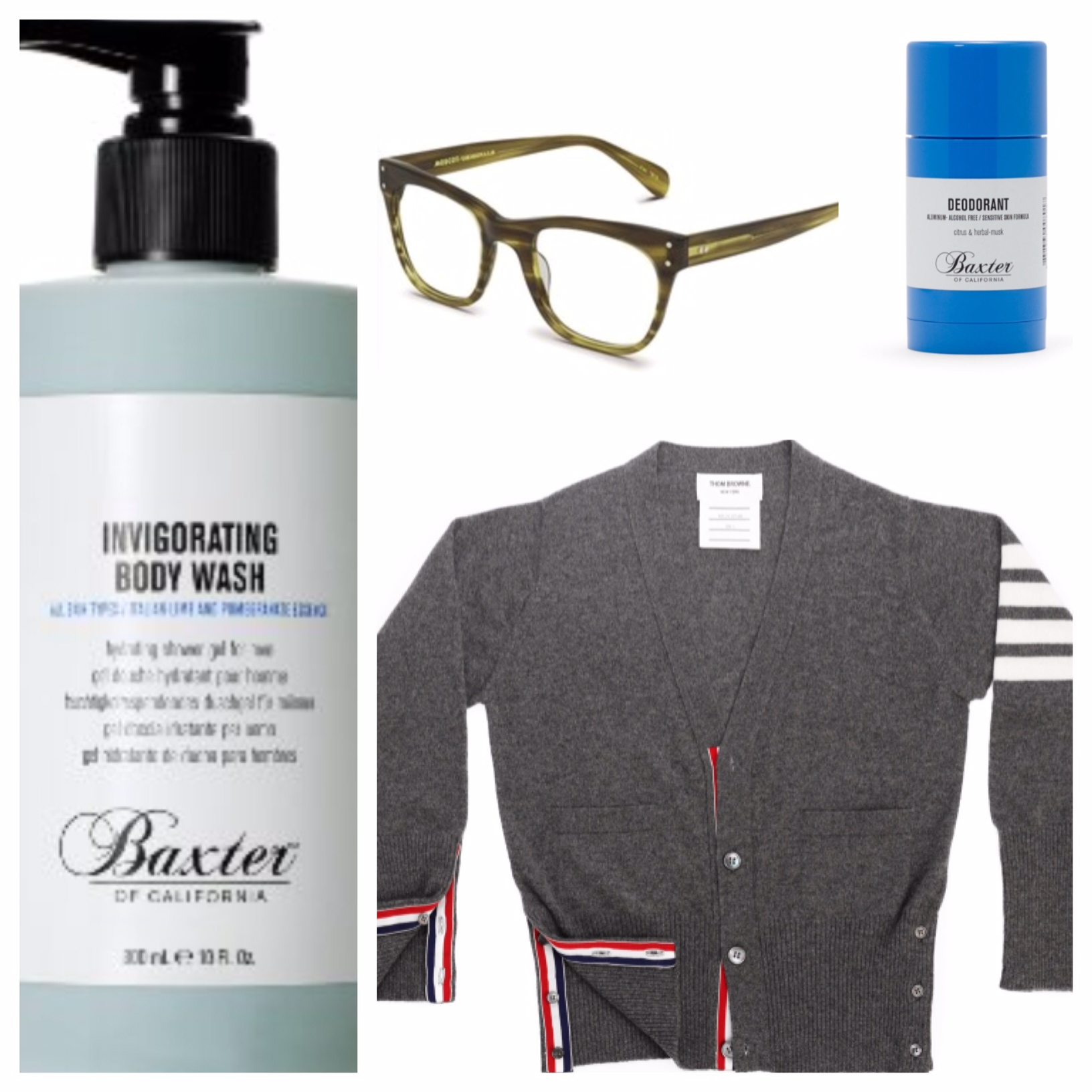Is it worth it? This is probably the one question I get asked the most about some "luxury" skin care lines. I put "luxury" in quotes because the idea that a face cream must be expensive to be effective is, simply put, a lie. Advertising and packaging play a huge role in how we look at a skin care product, and I'll be the first to admit that first impressions are extremely important; the smell of a cream, the feel, the sound the jar makes when you open it..
There are undoubtedly certain items you absolutely get what you pay for, but skin care does not have to be one of them. A product must comply with the FDA and list ingredients, so as they say, the proof is in the puddin'. Lets take a look at what is exactly in this $155/1oz cream. I'll highlight some of the ingredients that can be cause of concern, with a summary following the list.
The ingredients..
Seaweed (Algae) Extract: we don't know the exact types in here, as in a family that includes more than 20,000 different known species. A number of species have been used for good purposes, but some algae are also potential skin irritants.
Mineral Oil: an emollient, nonirritating moisturizing ingredient derived from petroleum
Petrolatum: emollient and anti-irritant (vaseline is pure petrolatum)
Glycerin: natural or synthetic, glycerin is a humectant, readily absorbs water from other sources
Isohexadecane: an emollient component of petroleum
Citrus Aurantifolia (Lime) Extract: a known fragrance allergen that contains fragrance chemicals bergapten and limonene, both of which can cause what's known as a phototoxic reaction when applied to skin that's then exposed to sunlight.
Microcrystalline Wax: highly refined wax derived from petroleum
Lanolin Alcohol: an emollient, thick substance derived from the sebaceous glands of sheep
Sesamum Indicum (Sesame) Seed Oil: an emollient non-fragrant plant oil that contains vitamin e and some minerals
Eucalyptus Globulus (Eucalyptus) Leaf Oil: fragrant plant oil that is a potent skin irritant due to its chemical components
Magnesium Sulfate: a thickening agent commonly known as Epsom salt
Sesamum Indicum (Sesame) Seed, an emollient non-fragrant plant oil that contains vitamin e and some minerals
Medicago Sativa (Alfalfa) Seed Powder: a plant derived antioxidant
Helianthus Annuus (Sunflower) Seedcake: a non-fragrant , anti- inflammatory emollient plant oil, source of fatty acids skin can use, including linoleic acid
Prunus Amygdalus Dulcis (Sweet Almond) Seed Meal: a non-fragrant emollient plant oil
Sodium Gluconate, Potassium Gluconate: referred to as chelating agents, these are ingredients that inactivate metallic ions to prevent the deterioration
Copper Gluconate: a mineral with antioixdant action
Calcium Gluconate: a mineral with anti-inflammatory properties
Magnesium Gluconate: a mineral with antibacterial properties
Zinc Gluconate: a mineral with anti-inflammatory action
Paraffin: a waxy, petroleum-based substance used as a thickener
Tocopheryl Succinate: vitamin e, an antioxidant
Niacin: aka vitamin B3 , a potent cell-communicating ingredient that offers multiple benefits for skin
Beta-Carotene: antioxidant
Decyl Oleate: skin-conditioning agent derived from the esters of decyl alcohol and oleic acid
Aluminum Distearate: a aluminum salt derived thickener
Octyldodecanol: a fatt alcohol based thickener
Citric Acid: used to balance the pH of a product
Cyanocobalamin: a common form of vitamin b12, but limited research it has any benefit when applied topically
Magnesium Stearate: thickener
Panthenol: alcohol form of vitamin B, a humectant
Limonene: a chemical constituent of many fragrant natural ingredients (citrus oils or pine trees or species of the mint family), can cause contact dermatitis
Geraniol: an alcohol used for scent, common allergen
Linalool: Fragrant component of lavender and coriander that can be a potent skin irritant
Hydroxycitronellal: syntheic scent, common allergen
Citronellol: plant dervied, used for fragrance, common allergen
Benzyl Salicylate: an alcohol known to cause contact dermatitis
Citral: synthetic used for fragrance, known to cause contact dermatitis
Methylchloroisothiazolinone: a preservative also known as Kathon CG, common allergen
Fragrance: a blend of synthetic or fragrant plant oils that are often skin irritants
BOTTOM LINE: First, this is packaged in a jar, so the few antioxidants that are in this will become ineffective very quickly. Second, the claims in this mix of algae (that we aren't even sure of the exact types of used in this product) are a must have for skin are completely unsubstantiated. Third, there are way too many irritants that could be a problem for skin. And lastly, the price is absurd for what your getting. This is easily a "skip don't splurge" product.








